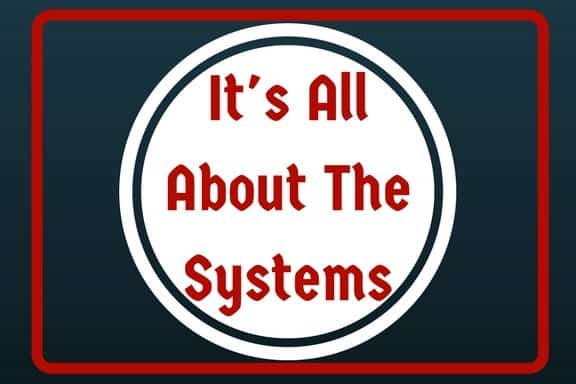If you have ever worked with a real estate agent or talked with one, you have probably heard them say it’s all about Location, Location Location. We have one of those terms in our industry as well. It is Document, Document Document. Everything we do in health care and dentistry and each conversation we have with our patients should be documented. We all know that, but do we understand or have clear guidelines where we should document and how much.
Let’s start with some recommendations on the where. In most dental software, there is a place to document each procedure we provide and each conversation we have with our patients.
Appointment Book or The Scheduler
Enter any key information the patient gives you while they are making or rescheduling the appointment on the appointment itself.
Enter any key information the patient gives you while they are making or rescheduling the appointment on the appointment itself.
Demographic and Insurance Benefits
The patient’s personal information should be documented here. Such as the patient is a snowbird and has 2 residences. The initial insurance information you gather is documented in the insurance module in this area also.
The patient’s personal information should be documented here. Such as the patient is a snowbird and has 2 residences. The initial insurance information you gather is documented in the insurance module in this area also.
Account or The Ledger
Any conversation you have with the patient regarding monies owed or payment plans should be documented here. Information regarding insurance benefits or any information from insurance representatives regarding the patient’s account should also be documented in this area.
Any conversation you have with the patient regarding monies owed or payment plans should be documented here. Information regarding insurance benefits or any information from insurance representatives regarding the patient’s account should also be documented in this area.
Clinical Module
Obviously, this is where we document the services and procedures provided in the operatory. However, we should also document any conversations we have with the patients regarding the treatment they have received. For example, there are times the business team will have a conversation with the patient regarding treatment, however, those conversations do not take place chairside. They should still be documented in the patient’s clinical chart due to the nature of the conversation.
Obviously, this is where we document the services and procedures provided in the operatory. However, we should also document any conversations we have with the patients regarding the treatment they have received. For example, there are times the business team will have a conversation with the patient regarding treatment, however, those conversations do not take place chairside. They should still be documented in the patient’s clinical chart due to the nature of the conversation.
The next question is “How much should we be documenting?” We say there is never too much information. As a matter of fact, the more the better. Do not be afraid you are documenting too many details. Those details are what could save you or your business someday. As a matter of fact, there are a few must-have details when documenting.
- The date-make sure you insert the dateline prior to each note. And keep the most recent note on top for easy navigation.
- Health History-If it is a clinical note, make sure you document that the health history was reviewed. If there were changes, document them. If no changes were made to the health history, document “No changes, the patient is still a candidate for the procedure.”
- Procedure Notes: Make sure to document the procedure, any materials used, shades, etc.
- Next visit: Whether it is clinical or Recare.
- Conversations: Any pertinent conversations regarding care or the services that were provided.
- Oral Instructions: Whether they were given verbally or written and that the patient had comprehension of the instructions.
- Your Name and Credentials: Make sure to include any clinician in the room working with the patient or team member having the conversation with the patient. Initials are no longer valid. You will need to include your first and last name and any credentials you have.
As you can see documenting is not the only concern we have. It is imperative we document in the modules where the pertaining information is stored and that we include many details. In our industry details are the key.
We believe it is worth repeating Document, Document Document!
